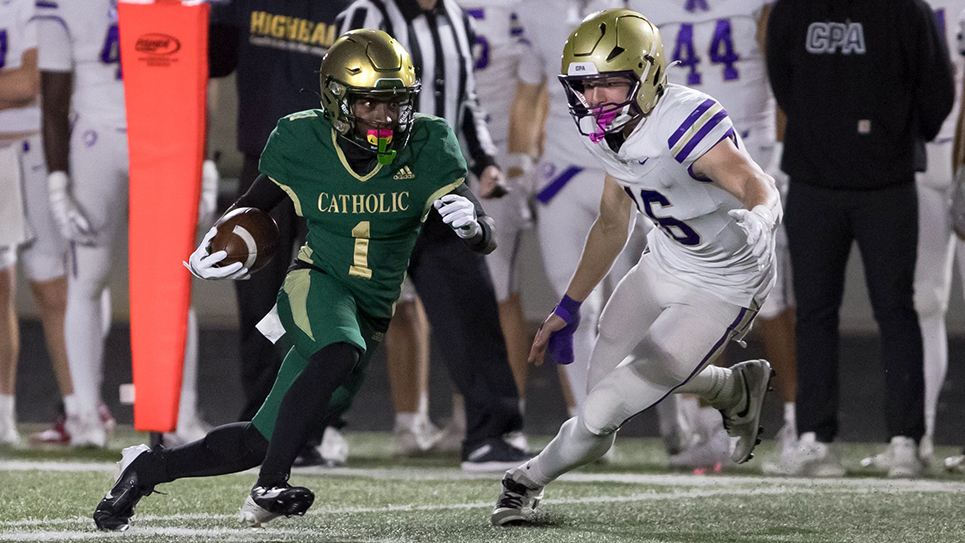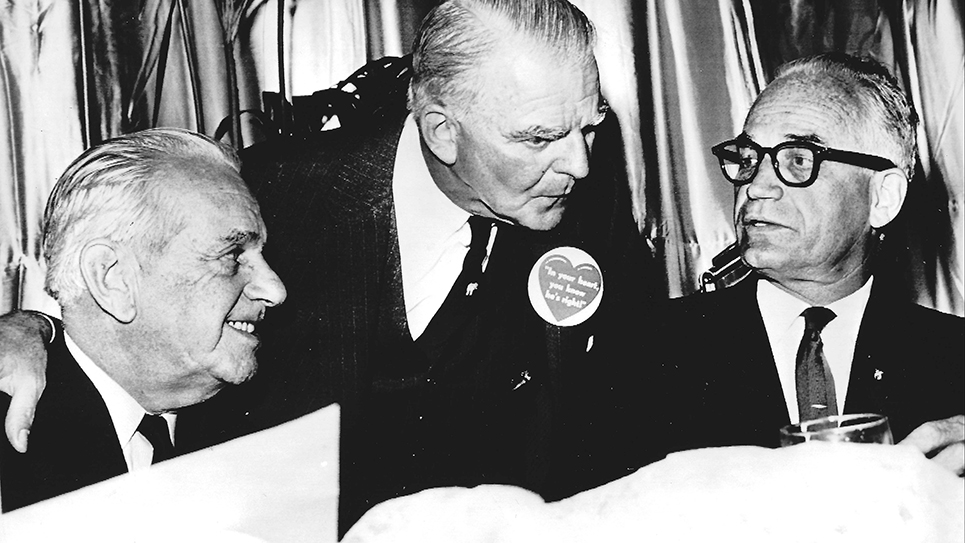By Tom Mattingly
It was Monday, Nov. 21, 1891, when Tennessee played its first football game in Chattanooga against the University of the South, also known as Sewanee. For perspective, Robert Reese Neyland had not yet been born, making his earthly debut on Feb. 27, 1892, in Greenville, Texas. Dean Nathan Washington Dougherty, born on March 23, 1886, in Scott County, Va., was five years old.
There were no defining moments, nothing to suggest what might be in the offing in the years to come. The final tally was 24-0, Sewanee. It was obviously a difficult beginning, but the die seemed cast for intercollegiate football in Knoxville.
There had been another game scheduled that day at Maryville, as historian Ronald R. Allen has written in “Nose Guards and Wild Cards: Football at the University of Tennessee in the Nineteenth Century” (2008). But that game was never played.
“The game of football is beginning to obtain a foothold here,” the Knoxville Journal reported on Nov. 20, 1891. “The cadets of the university have organized a team, and they go to Chattanooga tomorrow to meet the Sewanee team. The rush line is a heavy one and in it is numbered Mr. Denlinger, an ex-Princeton player, who is now professor in the university gymnasium.”
The Vols started the following players: Robert L. Hays, “center rush,” 205 pounds; James R. Wood, left guard, 190 pounds; Charles C. Moore, Jr., right guard; 150 pounds, Herbert R. Lathrop, left tackle, 155 pounds; Edwin S. Werts, right tackle, 150 pounds; Charles McClung Rhea, left end, 145 pounds; John B. Cox right end, 150 pounds; Howard A. Ijams, quarterback, 110 pounds; Shirley E. Spence, halfback, 140 pounds; H. K. Denlinger, halfback and coach, 160 pounds; and Charles A. Mooers, fullback, 150 pounds. All except Hayes are listed as Tennessee football lettermen.
Moore was captain of the 1892 team and is given credit for school colors being orange and white, although it would be 1922 before the Vols would appear in the now-famous orange jerseys.
For many fans, however, baseball was the sport of choice on campus. In what had passed for pre-game coverage of the Sewanee game, the Knoxville Journal also noted that, “If we are routed in this game, we will send our baseball team down next spring to balance up accounts.”
In his 1973 history of Tennessee football, Russ Bebb reported that the results of the game were not reported in Knoxville newspapers until Nov. 25. Bebb wrote that the story was “probably reluctantly” printed. There had been a brief mention in the Journal’s Nov. 22 edition of the game being played, but offering no details.
Game reports, albeit sketchy, indicated that the contest was more like rugby. Reports also indicated that around 100 fans witnessed the game. There are larger crowds these days at “closed scrimmages” on campus.
The headline of the Nov. 25 Journal story was vintage: “SEWANEE WON: Our University Boys Are Not In It With Them.” The game story, brief as it was, was “buried on page 7,” Bebb wrote.
“The down train this a.m. brought 46 Knoxville boys from the University of Tennessee, who came to meet the Sewanee boys and contest for the football championship of the state,” wrote an unnamed journalist, who may or may not have actually attended the game. “The Sewanee team came the night previous. Sewanee wore the purple colors, Knoxville the Orange and White, and the two teams have owned the town. A heavy rain had been falling all day, and the boys played in the rain. Sewanee won easily by the score of 24 to nothing. After the game, all the boys took in the theatre.”
A campus publication called the “University Student” reported that one player was undaunted by the outcome. “It was the first game of our team, and was played after a long tiresome ride that morning. We are not ashamed of our defeat, for it took a good team to beat us.”
Sewanee won 10 of the first 11 games against the Vols by a combined 246-24 margin. The Vols turned things around starting in 1914, winning the next 11 contests by a 269-29 count, with the teams ceasing the series after the 1939 season. A charter member of the SEC in 1933, Sewanee left in 1940 after losing 37 games in as many tries against conference members.
Talk about your humble beginnings, that late November day in 1891.
The beginnings may have been humble, but there has been nothing humble about the growth and development of the Vol football program over the ensuing 130 years.






